The Institute of Fine Arts was extremely fortunate to have Professor Wu Hung of the University of Chicago as a Kirk Varnedoe Visiting Professor during the Spring 2011 semester. The following interview was conducted by a group of students who participated in his seminar on contemporary Chinese art: Robert Brennan, Marci Kwon, Dianne Nelson, Holly Shen, Carrie Wladis, and Alison Young. Laura Dickey and Kevie Yang also took the seminar and provided support for the event, though they were unable to attend. The interview was transcribed by Robert Brennan; an edited version follows. This is the first of two posts.
Robert Brennan: The first thing we wanted to ask is what it’s like to work with museums in China, and if there are differences between working with museums there and working with museums here. In general is there anything that comes to mind in that regard?
Wu Hung: Chinese museums… I was part of [that field] a long time ago, before I came to this country. That was in the ‘70s, so it was a very different situation. Now I think it’s changed tremendously, but that time was very interesting. It was during the Cultural Revolution. We were assigned jobs with the museum. I was in the Forbidden City. Actually it was the largest museum in the country, called the Palace Museum… That museum is quite different from other museums because it’s an architectural complex, and there are people who study architecture and renovation, and there are the archives from the imperial house. There are many divisions. So I was part of the younger staff, first in painting and calligraphy, and secondly in bronze and stone carvings…very interesting, very traditional. And although it was during the Cultural Revolution, inside the Forbidden City it was timeless, almost. Of course we read the newspaper, heard Mao’s speeches, but there was this timeless quality. You close the gate, and you really don’t know which century [it is] — you’re there.
So, thinking back, you also learned a lot from older people, basically connoisseurs. I was in those two departments: painting and calligraphy and bronze. Each had older people who were not really art historians in our modern sense…some of them came from very rich family backgrounds, like in the 1930s in Shanghai. Because of family connections they could see a lot of paintings. There were also a lot of people who collected paintings themselves, and painters. So that was one type of person. Another type was the antique dealer. Before 1949 they worked in the different antique shops. They knew what was genuine and what was fake, so you learned a lot from those people. So there was that kind of environment: entirely different from the Western museum.
RB: So did you have “curators”?
WH: We didn’t call them “curators,” just basically a division. There was a head of a division, each division with ten or twenty people. We’d go into storage and check, and also organize small exhibitions, writing captions, doing a lot of day-to-day work. But occasionally there was a major exhibition project, so each person could engage. So you got to handle a lot of things. That was the best part, thinking back now. Every day you could handle the paintings. How do you open the painting; how do you see the painting? Of course you imitated the older people. They were very graceful, you know, not clumsy. Also those things are very fragile. So how do you see the painting, and the bronze? Which part is significant? The quality of the patina… You heard the language they used – very interesting.
Right now I also work with some new Chinese museums, especially contemporary art museums. Actually I’m working on a project to develop a new kind of private museum in Shanghai. It’s contemporary. It’s new, open, not totally governmental. So how do you develop this kind of thing? It’s very interesting in China. In Beijing I have a stronger connection with a museum called the Today Art Museum. It was initially founded by a private real estate developer about 15 years or longer ago. He was one of the earliest. Many [museums] have disappeared. This one stayed and continued to develop. So it’s interesting to see the model. In China they still don’t encourage foundations, because foundations, from the government’s point of view, very easily become places where people can do evil things, hide money or launder money, or whatever. They don’t encourage these foundations. So where can these private or unofficial museums get financial support? Of course some private collectors can give some money, but that cannot be the sole basis – it’s just impossible. So for the Today Art Museum, and for many art museums, that’s the most important thing: how to get a financial basis that we can [sustain] every year, planning ahead about three years for big shows. Then it really starts just like it does here: you have some endowment, you have some money, you’re sort of secure, and then you can do something. So that’s very important.

Another thing that’s very important: in China they don’t have permanent collections of non-Chinese art, both old and new. That’s quite different from here. At the Met or the Guggenheim you have that kind of permanent collection. So how can you envision a new kind of museum? You’re sort of forced to imagine: can you have a really great museum or a great exhibition hall, a great gallery, without a permanent collection? And that is actually an interesting thing to think about, because the universal museum, the comprehensive museum, is really a product of imperialism, from the colonial period. Now we are in a new period. It would be impossible to [create] this kind of museum [now]: you cannot take things from Egypt. So countries like China, India, or Brazil [must ask]: how can we build new museums? That’s an interesting question for you to think about.
[The Today Art Museum in Shanghai] is still in the planning and design stage. I hope to bring [something] a little like the Getty [Research] Institute – this model – to China, because the Getty is relatively new and young. When the Getty was founded people tried to imagine the collecting, the exhibitions, and the research as almost coupled. It was a research institute. Your professor, Tom [Crow], was there as the director. The Research Institute and the [J. Paul Getty] Museum had almost equal status, headed by important scholars. So this model, for me, is quite good. Because otherwise, sometimes the museum has a research department or the museum has a curatorial department, so research then becomes secondary, just to serve the exhibitions.
So I think the Getty would be interesting [as a model for Chinese museums]. And even now the Research Institute also has a collection, like photography archives. So research can be related to exhibition or collection, but not necessarily. Research can also develop in its own direction.
Dianne Nelson: Would that focus on Chinese art?
WH: This Shanghai [museum], because it is based in China, [would focus] primarily Chinese art. There is actually one collector–I think very good–who is also collecting non-Chinese art. So we have some people who gave him some advice. In the summer we have a seminar, with artists, critics, collectors, and the director has something called the “Bali conversations.” So we go to Bali, sit around like this and talk – it’s pretty good [laughter]. Last year Zhang Xiaogang was there; Liu Xiaodong, Huang Zhuan, Huang Du, and the director at the National Museum of Singapore. And the year before you had Uli Sigg, a collector. We just talk about everything.
So it’s entirely different from this governmental planning. And even very different from here [in America]. Here, you know, like MoMA: this is really like a very powerful, very old institution. It’s also a big bureaucracy, and there are layers and layers. China is still, I feel – there’s some virtue in this kind of versatility at the beginning. So China now is more involved in this kind of different type of museum planning and operation, and what kinds of exhibitions you can do.
Here I feel my position is basically more like a … I have closer ties in Chicago, with the art museum there, because I go to the meetings and acquisitions. But basically, I’m primarily a teacher so I function as, like, an independent curator. So that’s different from someone inside. I’m not in the department, but we collaborate on these different [projects], including here at MoMA or at the ICP. So it’s sort of outside, gives you freedom to work with different museums. But I feel you cannot really take it as your primary job, because it’s totally unreliable. This kind of independent thing — you cannot earn a living, so be careful [laughter]… If you really want to become an independent curator you have to become one of those more international kinds, like organizing biennials, triennials, one after another. Probably Hou Hanru, he was. Right now he’s a professor and director at the San Francisco Art Institute, but before he came to this country, about three years ago, he had been really a professional curator. One year I asked him, and he said he organized about one hundred shows. So he can really support a family [laughter]. Basically every three days you curate a show.
Marci Kwon: Do you find that you get different kinds of ideas when you’re working as a curator as opposed to an academic? How are those two processes different for you?
WH: As an academic, basically you produce books. You produce students. That’s what you’re talking about with production: writing articles. You’re basically a writer, a teacher. As a curator, of course you also compile and write catalogues, but people still see exhibitions as the main product. And the exhibition doesn’t stay — it disappears — so you actually leave very little if you don’t leave a catalogue. A lot of curators do a lot of shows, but very few objects survive. It’s quite a different thing. But because I’m a teacher and a writer…basically, to me it’s fifty-fifty: the show is fifty; the catalogue is fifty. The catalogue will be different [from the exhibition], because the show is visual and spatial and so can only present something in a different way. You cannot write [the exhibition] out in words. But a catalogue primarily is essays or sometimes a book. Transience was [an exhibition] catalogue, but I prepared it as a little book. So I believe each person can create different styles [in making] these combinations: writing and exhibitions. I feel [in] working with different museums [that] each is different. You have to explore how to collaborate.
Stay tuned for the second half of IFA seminar students’ interview with Visiting Professor Wu Hung. Also, visit the IFA’s Vimeo page for video of Professor Hung’s three-part lecture series, “Reading Absence: Three Moments in Chinese Art History.”

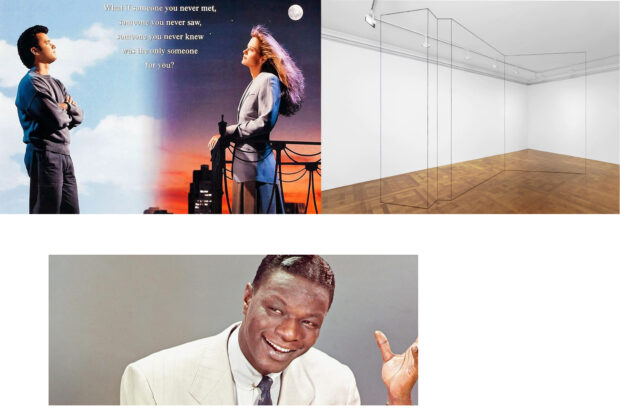


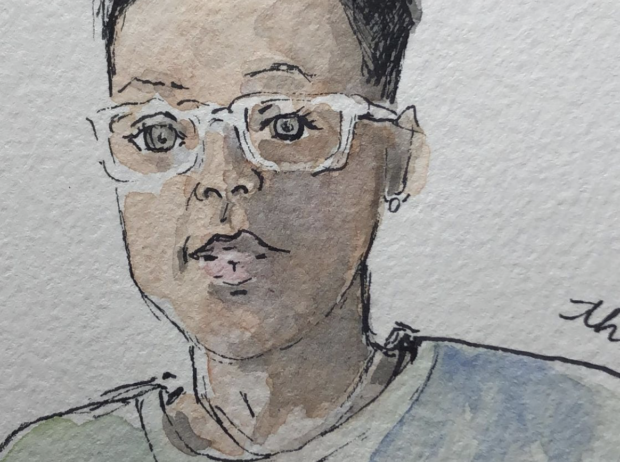
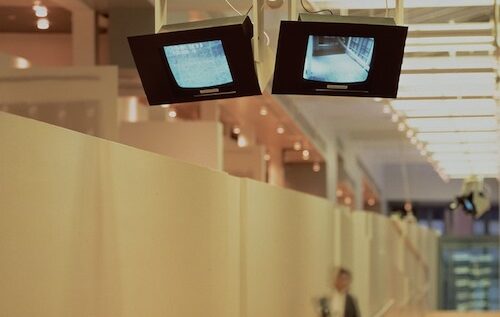
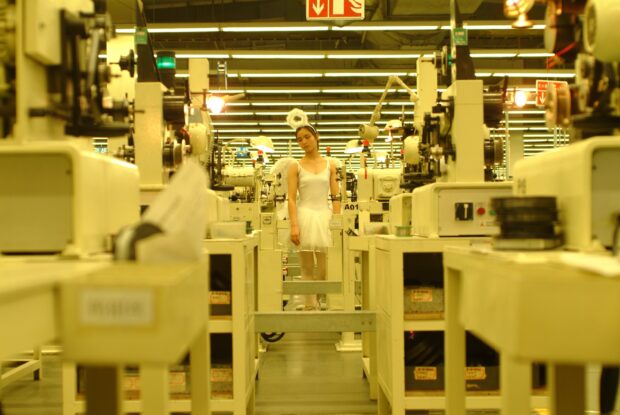
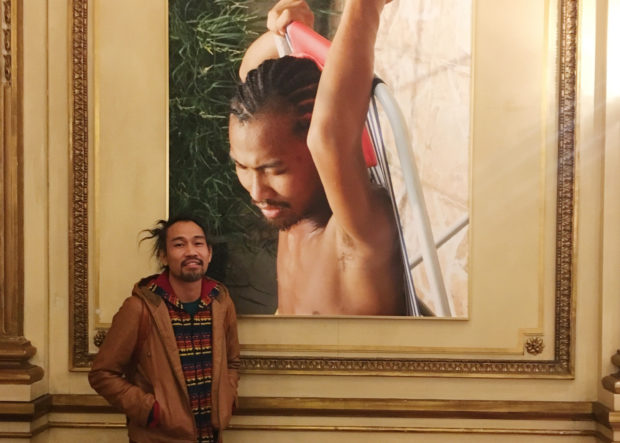
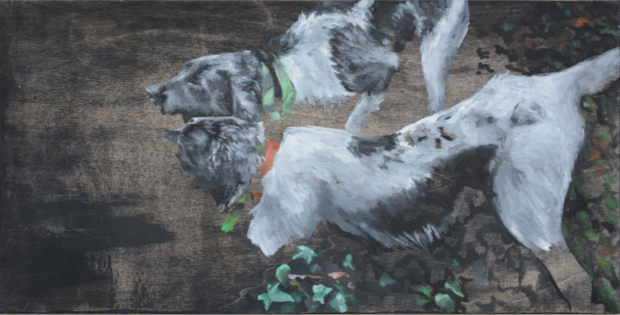
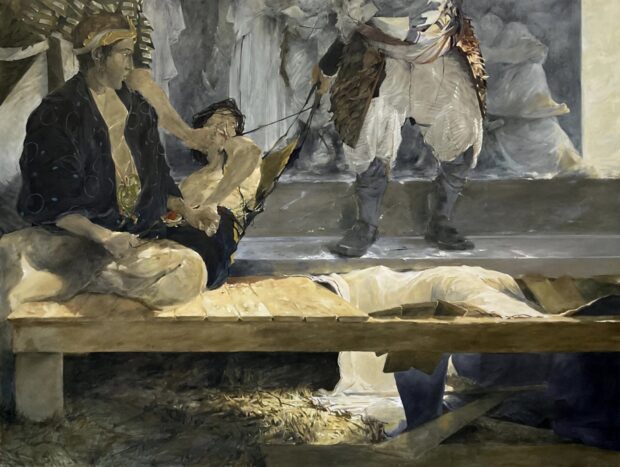
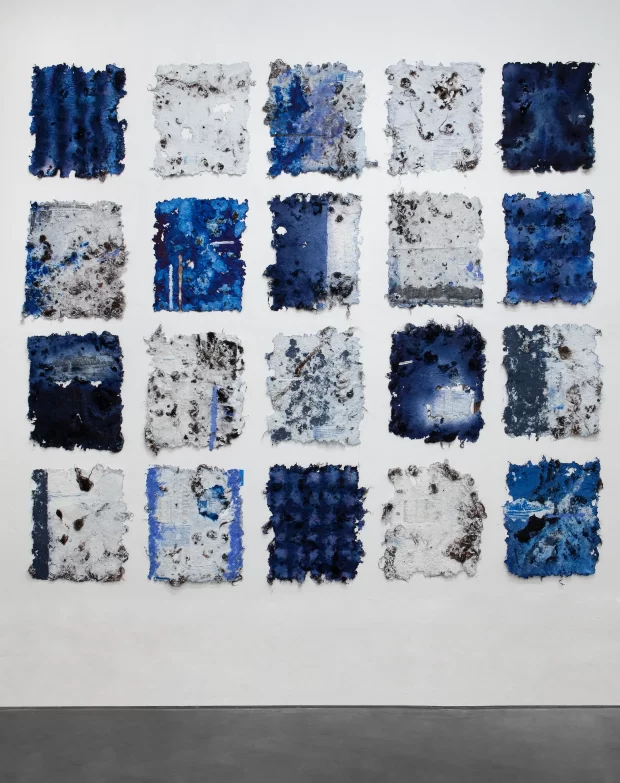
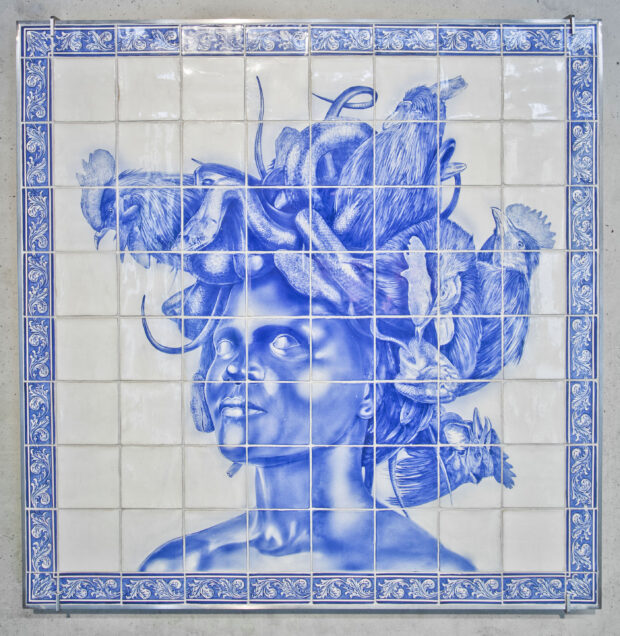
[…] Contemporary Art Consortium @ the IFA Organized by students and alumni of the Institute of Fine Arts at New York University Skip to content HomeAboutGet InvolvedGreen Beijing SeriesResourcesLibraries & ArchivesE-ResourcesBookstoresProfessional Orgs.Conservation ← Interview: Wu Hung, Part 1 […]